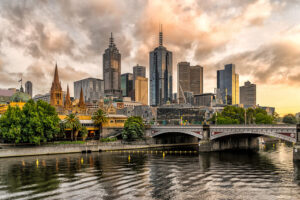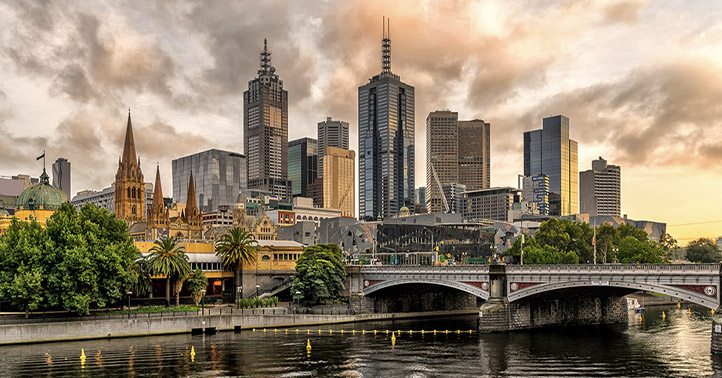Cropping Images
Proper cropping is crucial. Use photo editing software to focus on the main subject of your image. For instance, if you have a photo of a boat on the ocean, crop it to make the boat the focal point. Avoid cropping out important parts, as this can leave too much empty space. Also, ensure your images look good on all devices—desktop, tablet, and mobile.


Avoid Warped Images
To prevent images from looking squashed, always maintain the aspect ratio when resizing. Lock the width and height values so they scale proportionally.


High-Quality Images
Upload high-resolution images to ensure they look sharp on all devices, especially those with high-resolution displays like Retina screens. However, balance this with the need for fast page load times. High-res images can slow down your site, so find the right balance between quality and performance.
Professional Photography vs. DIY
For the best results, consider hiring a professional photographer. Although it’s an investment, it pays off by providing high-quality images that enhance your website and marketing materials. We can recommend photographers if needed.
If a professional photographer isn’t in the budget, you can do it yourself. Invest in a good digital SLR camera and learn the basics of photography. Use photo-editing software like Adobe Photoshop or Affinity Photo to polish your images.
Stock Photography
Stock images are a cost-effective solution when you can’t source custom photos. Websites like iStock and Shutterstock offer a vast selection of professional images and graphics. Just keep an eye on pricing, as costs can add up.
Final Thoughts
Whether you choose custom photography or stock images, always consider your brand and audience. Consistency is key—your images should align with your brand guidelines and messaging.
Remember, your website’s images make the first impression. So, take the time to choose and use them wisely to create a visually appealing and engaging website that leaves a lasting impression.




